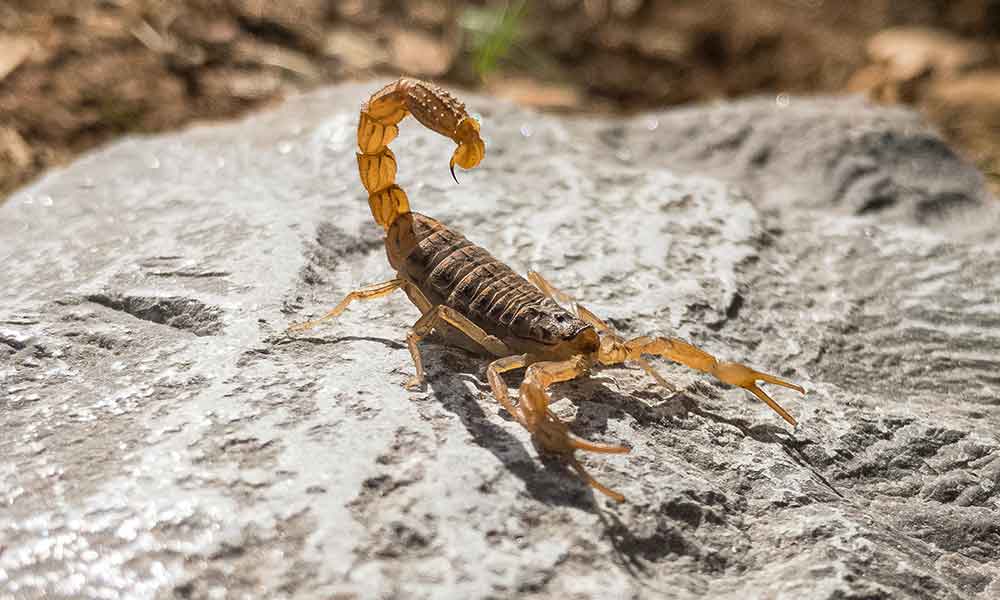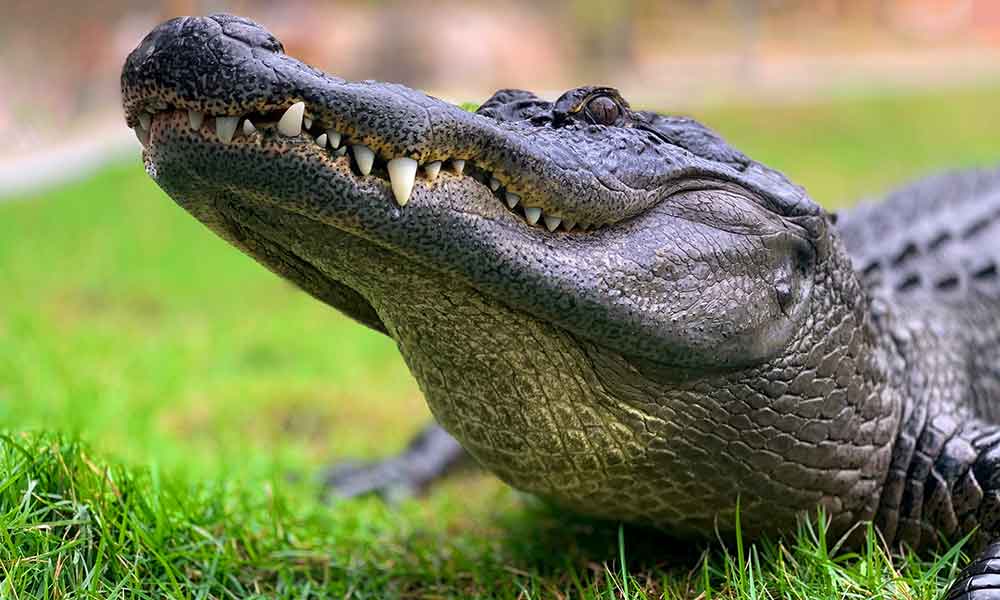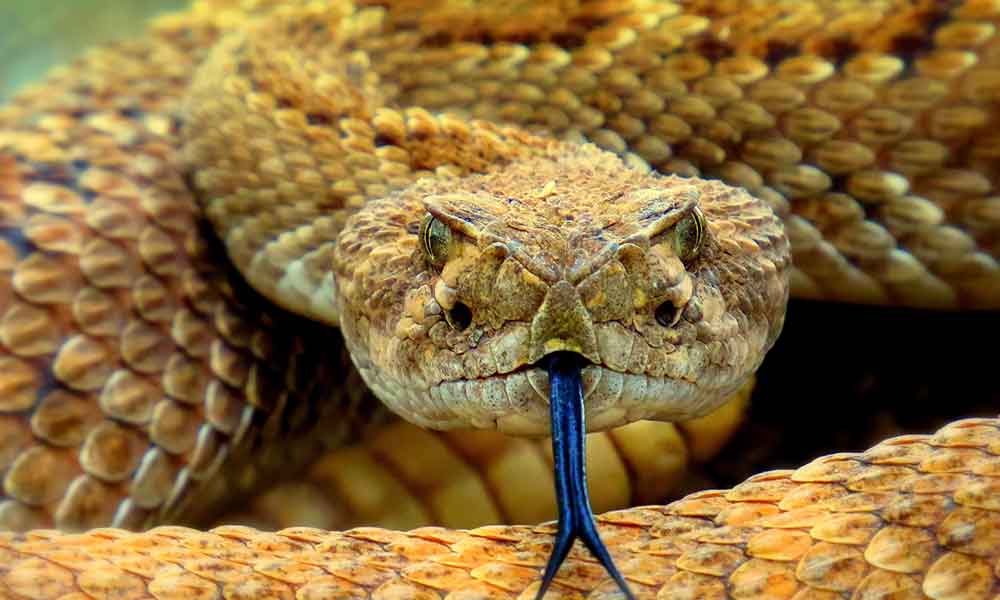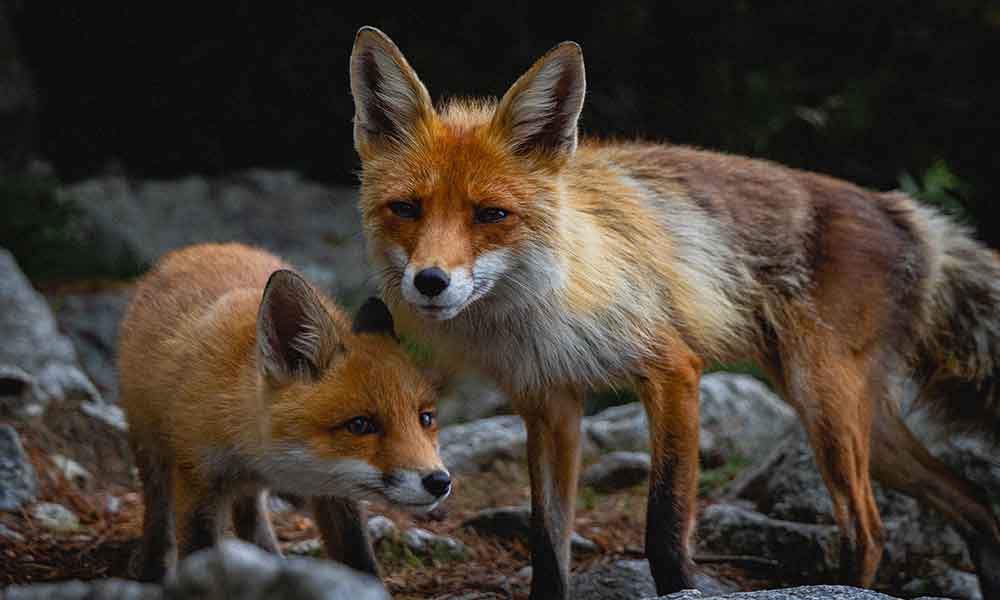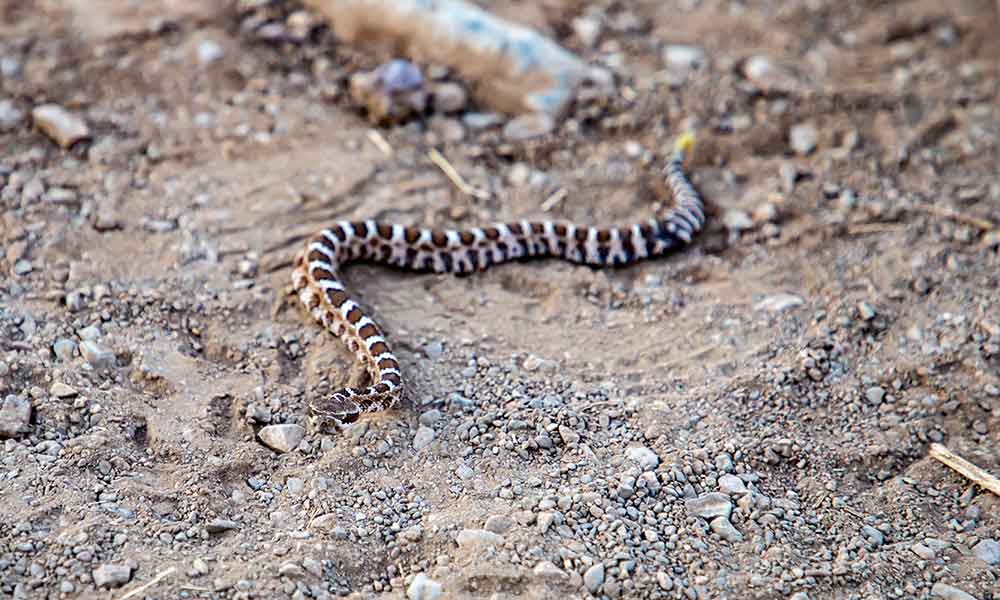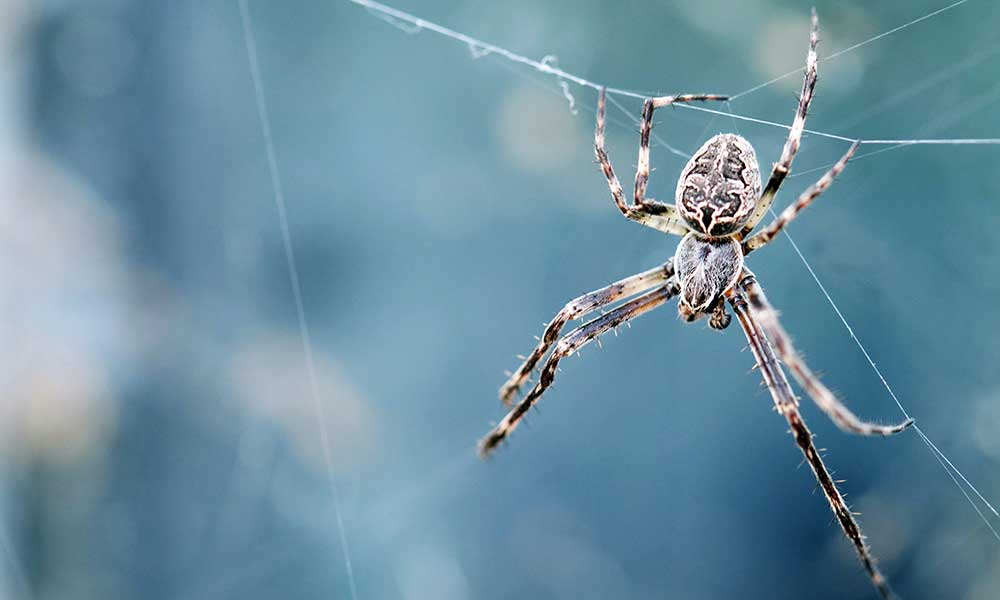The Hawaiian monk seal is a mammal that is an endangered species that belongs to the Earless Seal family. This seal is one of the most endangered seal species in the world. The Hawaiian monk seal population has been declining for over 5 decades.
Hawaiian monk seals are friendly and curious, and they may approach you, but it’s best to give them space. Mother monk seals, like any other mother animal, will be extremely protective of their young. Sometimes they can be too friendly, so be careful when you encounter them.
Although this seal population is increasing, the current population only equals one-third of the historic population levels. Here’s more about these seals, their characteristics, and other interesting facts.
What Other Names Does the Hawaiian Monk Seal Have?
The Hawaiian monk seal has a few different names, such as dog running in rough seas, sea dog, and the furry one. These seals are also known as “living fossils” because records show that monk seals lived as long as 15 million years ago.
Monk seals are pinnipeds (fin foot), which is a term used to describe sea lions, seals, and walruses.
What Do Hawaiian Monk Seals Look Like?
Adult Hawaiian monk seals are brown or dark gray and have a lighter color on their stomach. Monk seal pups are born black, but their color changes over time. A Hawaiian monk seal’s appearance can change based on different environmental factors, such as how much time a seal spends in the water.
Monk seals that spend most of their time foraging underwater will eventually develop a green tint because of algae.
What Do Hawaiian Monk Seals Eat?
Hawaiian monk seals are referred to as generalist feeders because they eat a lot of different foods depending on what’s available. These seals eat squid, different types of fish, octopus, and eels.
Monk seals also eat shrimp, lobster, and other crustaceans. These monk seals are also considered bottom feeders. The Hawaiian monk seal’s diet varies depending on their age, location, and sex.
What Is the Behavior of a Hawaiian Monk Seal?
While some monk seals travel for hundreds of miles in the open ocean, they do not migrate seasonally. Monk seals are not territorial. However, these seals don’t mind frequenting the same beaches often. Hawaiian monk seals are solitary animals, which means they don’t live in colonies like other seals or sea lions.
However, it’s not uncommon for monk seals to make physical contact. These seals sometimes sleep on beaches for days at a time in small groups.
Hawaiian Monk Seals and Their Breeding Habits
Monk seals mate in the water to reproduce. Female Hawaiian monk seals mature and reaches reproduction age around 5 or 6 years old. The gestation period for a monk seal lasts 10 to 11 months. Most female monk seals give birth between March and April. However, these seals can give birth at any time of year. Female monk seals give birth on land.
Where Do Hawaiian Monk Seals Live?
Hawaiian monk seals are one of two mammals that are native to Hawaii, and these seals are only found in Hawaii. Monk seals spend two-thirds of their life at sea. These creatures prefer subtropical, warm waters.
Although, these mammals can be found along the Archipelago of the main Hawaiian islands. Most of them live by the Northwestern Hawaiian Islands.
Hawaiian monk seals prefer to live around small islands and atolls that are not heavily populated by humans. Submerged banks and locations that are further offshore on reefs are a monk seal’s favorite place to hang out.
Hawaiian monk seals migrate to empty beaches or volcanic rock shorelines to rest and seek shelter from storms. These seals also migrate to sandy empty beaches when they are molting or giving birth to pups.
What Threats Do Hawaiian Monk Seals Face?
The three major threats Hawaiian monk seals face are humans, predators, and climate change.
Human Threats
As far as human threats are concerned, hunting is one cause for the significant decline in the Hawaiian monk seal population through the late 19th century. Despite the monk seal’s protected status, the human threat of hunting still remains.
Human interaction with monk seals, such as feeding them and other disturbances, can also negatively impact the monk seal’s livelihood.
Climate Change
Climate change and global warming are also a threat to Hawaiian monk seals. Changes in a monk seal’s ecosystem because of climate change can affect food availability. Many juvenile monk seals have difficulty finding food to survive, and maternal separation contributes to this issue because monk seal pups are not capable of providing for themselves in the early stages of their lives.
Predators
Sharks are the most common predators to Hawaiian monk seals. These predators include different shark species, such as Great White sharks, Tiger, Gray Reef, and White-Tipped Reef sharks.
What Is the Conservation Status and Protected Status of Hawaiian Monk Seals?
Hawaiian monk seals are considered critically endangered, and they are one of the most endangered seal species in the world. Today, experts estimate there are only about 1,400 monk seals in the world.
These monk seals are a protected species under Hawaii’s state law, the Endangered Species Act, and the Marine Mammal Protection Act. Although conservation efforts have somewhat improved the monk seals population status, they still remain an endangered species.
What Do You Do When You See a Hawaiian Monk Seal?
If you see a Hawaiian monk seal, you need to contact the research program by email or call (808) 983-5715. If you notice strandings, such as entangled or sick seals, report it at (888) 256-9840.
Hawaiian Monk Seal Q&A
Why Are Hawaiian Monk Seals Endangered?
Hawaiian monk seals are endangered for a multitude of reasons, such as natural predators, commercial poaching for skins, and alteration of habitat due to climate change. Other reasons Hawaiian monk seals are endangered are food limitation, low levels of genetic variation, consequent disease, exposure to marine debris and medical diseases, and entanglement in nets of fishermen and seaweed.
How Many Hawaiian Monk Seals Are Left?
Scientists estimate there are about 1,400 monk seals left in the world.
Why Can’t You Touch a Monk Seal?
You shouldn’t touch monk seals because they can be dangerous, which can lead to a fatal encounter. Monk seals can’t survive out of their environment or habitat, so don’t try to get them to leave their surroundings. These seals may have to be euthanized if you take them out of their environment because they can become ill.
What Animals Eat Hawaiian Monk Seals?
Sharks are the most common predators of Hawaiian monk seals. These sharks include Tiger sharks and Gray Reef sharks.
How Heavy Is a Hawaiian Monk Seals?
Female Hawaiian monk seals can weigh as much as 595 pounds. Male Hawaiian monk seals can weigh as much as 510 pounds.
Where Can You See Hawaiian Monk Seals?
The best place to spot a Hawaiian monk seal is the Hawaiian Archipelago. You may also spot these sea animals occasionally at Johnston Atoll.
Why Are Hawaiian Monk Seals Important?
Hawaiian monk seals are important because they contribute to the Hawaiian ecosystem’s stability. This seal is deep-rooted in Hawaiian culture, and it’s Hawaii’s first native sea mammal.
Hawaiian monk seals are awesome sea creatures, but make sure you look and don’t touch them.

